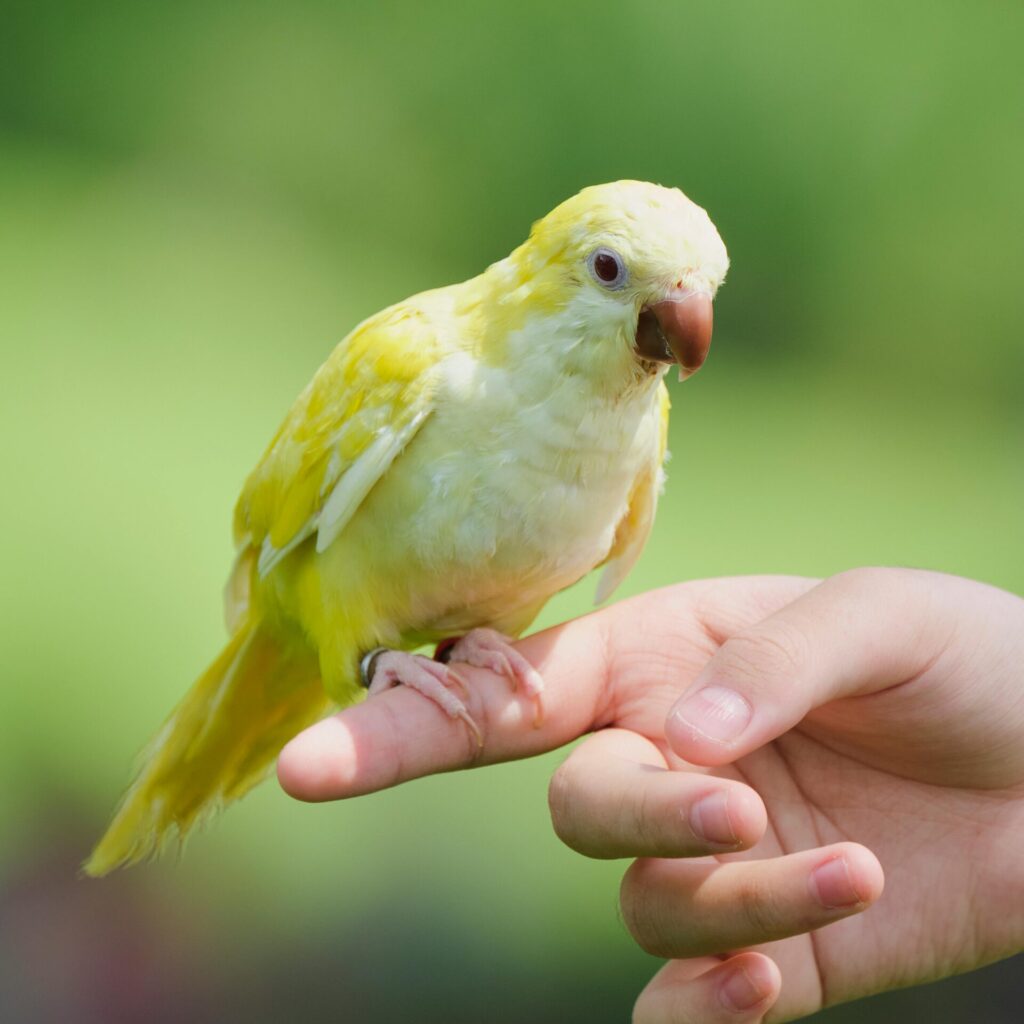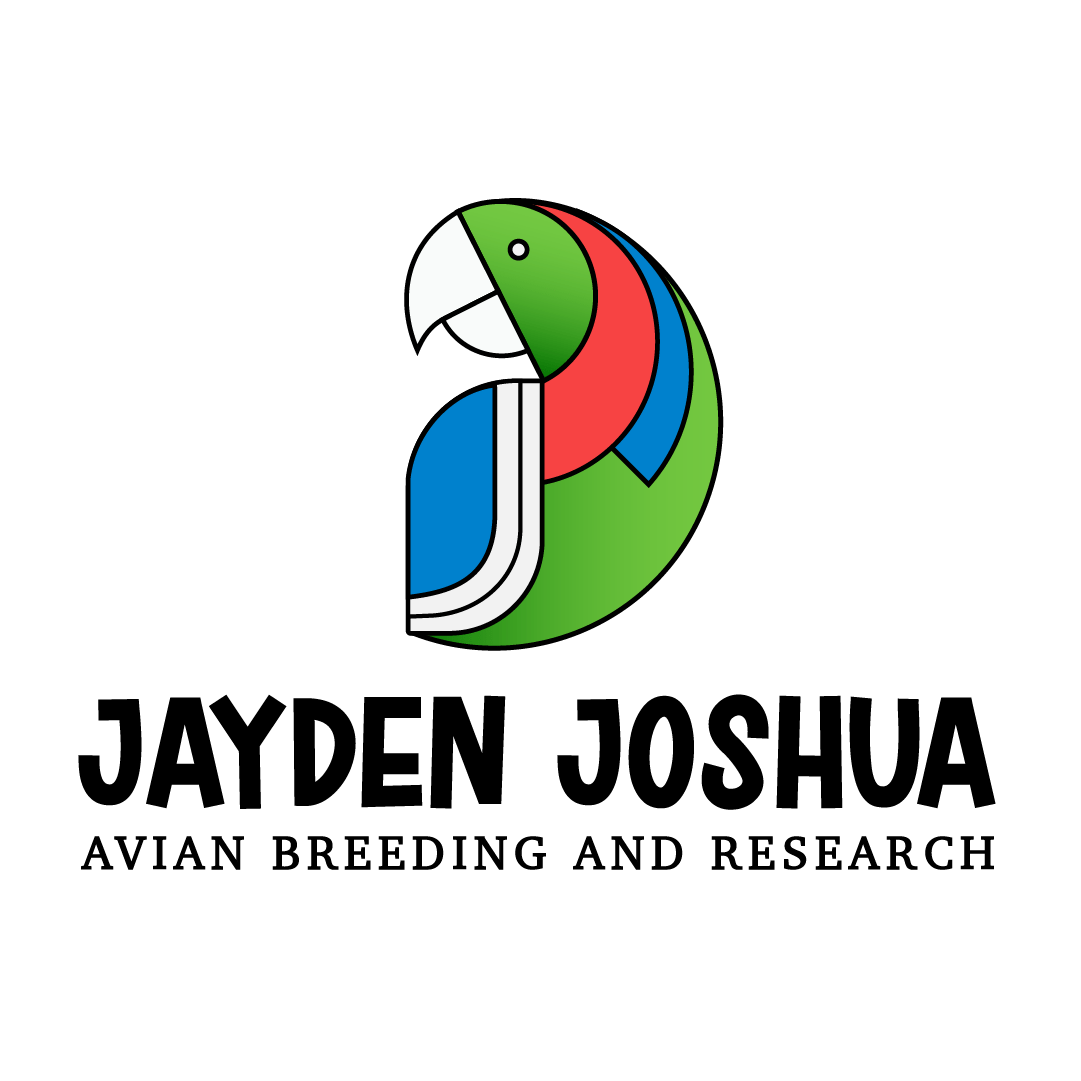
Discover everything you need to know about Quaker Parakeets, including their care, behaviour, and characteristics. Find out why Quaker Parakeets make great pets and learn how to provide them with a happy and healthy environment.Read More
All About Quaker Parrot
The Quaker Parakeet, also known as the Monk Parakeet or Monk Parrot (Myiopsitta monachus), is a popular and social medium-sized parrot native to South America. Here’s a closer look at these charming and lively birds:
Appearance of Quaker Parrot

- Distinctive Coloration: Quakers are known for their contrasting plumage. They have a bright lime green body with a contrasting dark gray to black face, neck, and chest, resembling a Quaker’s attire (hence the name). Their underparts are a lighter greenish-yellow.
- Sexual Dimorphism: It can be difficult to distinguish males from females based solely on plumage. Females tend to be slightly smaller than males, but DNA or feather testing is often required for reliable sexing.
- Tail and Beak: Their tails are long and tapering, and their beaks are typically horn-colored or orange. Some mutations may have blue or cinnamon colored feathers.
Diet of Quaker Parrot
- Primarily Herbivores: In the wild, their diet consists mainly of fruits, vegetables, seeds, and nuts. Their strong beaks allow them to crack open tough nuts and seeds.
- Captive Care: If kept as pets, they require a balanced diet that mimics their natural food sources. A high-quality parrot pellet mix should be the base, supplemented with fresh fruits, vegetables, and chopped nuts to ensure they receive all the nutrients they need.

Behaviour of Quaker Parrot

- Highly Social: These birds are very social creatures and thrive on interaction. They form strong bonds with their companions and can become quite affectionate. In the wild, they are typically seen in flocks, sometimes numbering in the hundreds.
- Energetic and Playful: Quakers are known for their energetic personalities and love to play. They enjoy climbing, chewing, and manipulating objects in their environment. Providing them with enrichment toys is important to keep them mentally stimulated.
- Intelligent and Trainable: These parrots are quite intelligent and can learn tricks, commands, and even mimic sounds and speech.
- Can be Loud: Quaker Parakeets can be quite vocal, with loud calls and screeches. This is especially true if they feel neglected or bored.
Habitat of Quaker Parrot
- South American Origins: Originally from temperate and subtropical areas of South America, particularly Argentina, Uruguay, southern Brazil, and Paraguay.
- Established Feral Populations: Due to escapes and intentional releases, feral populations of Quaker Parakeets have become established in many places around the world, including parts of North America, Europe, and Asia.

Lifespan of Quaker Parrot

In Captivity: With proper care, including a healthy diet, spacious enclosure, and opportunities for socialization and mental stimulation, Quaker Parakeets can live for 20-30 years, or even longer in some cases.
Quaker Parrot as Pet
Quaker Parakeets can be rewarding companions, but they are not for everyone. Here are some things to consider before getting one:
- Lifespan Commitment: They can live for several decades, so be sure you can provide them with a loving home for the long term.
- Social Needs: They require regular interaction and attention to thrive. Leaving them alone for long periods can lead to boredom and behavioral problems.
- Space Requirements: These birds need a spacious enclosure to fly, climb, and exercise.
- Noise Levels: Be prepared for their sometimes loud vocalizations.
- Potential for Chewing: Quakers have a strong urge to chew, so providing them with appropriate chew toys is essential to protect your furniture and belongings.
Want to learn more about black headed caique ? Check out our blog post!

Subscribe to our newsletter!


